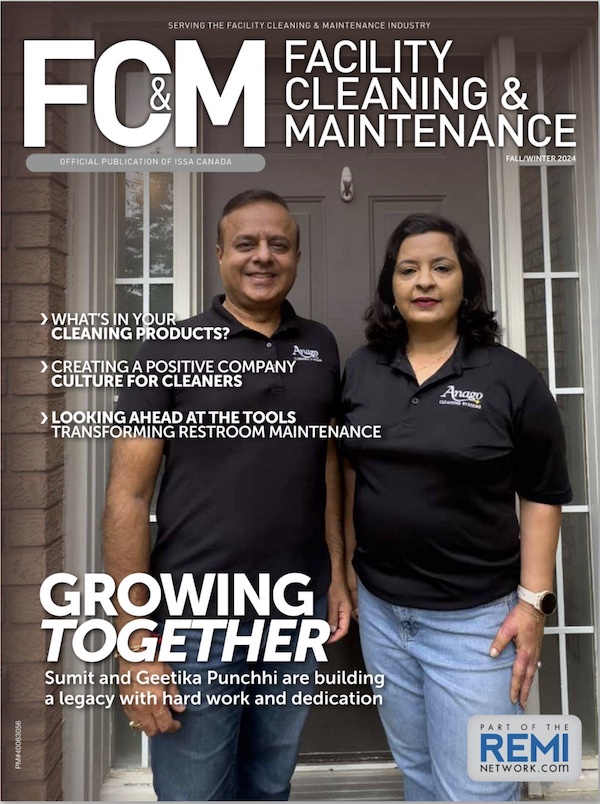Even though sustainability is emerging as a top cleaning trend, with organic ingredients and eco-friendly practices on the rise, harsh, toxic chemicals still exist in many common commercial cleaning products. Considering ingredients and paying attention to labels will help keep commercial cleaners safe and protected from the potential dangers of cleaning chemicals.
Toxic ingredients
VOCs are a concern for indoor air quality, as they can contribute to chronic respiratory issues, allergic reactions, and headaches. These can be found in air fresheners, chlorine bleach, dry cleaning chemicals, detergents and dishwashing liquid, rug and upholstery cleaners, furniture polish, and oven cleaners. Choose chemicals that are low or no-VOC for the safest use, and visit sites like the Environmental Protection Agency (EPA) or Green Seal for a list of cleaning products that meet their standards.
Recent research has drawn attention to quaternary ammonium compounds as a dangerous ingredient that could cause brain cell damage, as well as developmental and reproductive toxicity, metabolic function disruption, and other adverse health effects. Further research is being conducted on this ingredient, but knowing the risks and avoiding toxic ingredients can help limit health risks to cleaners and building occupants.
Read labels
Avoiding exposure to harmful chemicals altogether in the cleaning industry is unlikely, but being aware of proper dilution, recommended storage, risks of mixing and appropriate use can reduce the dangers when using these cleaning chemicals. Safe use is crucial, and following label instructions will help protect cleaning staff.
RELATED: Understanding green cleaning labels for safety
Stay protected
To stay safe, cleaners need to be equipped with the proper PPE as they complete their daily duties. Allowing as much ventilation and airflow as possible and wearing protective clothing, gloves, and safety goggles all help to protect cleaners from the effects of harmful chemicals in the products they use every day. Ensure that staff is trained on reading the labels and protecting themselves as part of your onboarding and on-going employee training.
Staying informed, following manufacturer instructions, and training your staff help reduce the risk that comes with working with harmful chemicals in cleaning products.
“Any cleaning product can be used safely if workers are trained and have knowledge about cleaning ingredients and are provided with and wear personal protective equipment that decreases the risk of exposure to chemicals,” says Dr. Gavin Macgregor-Skinner, senior director of the Global Biorisk Advisory Council® (GBAC), a division of ISSA.









